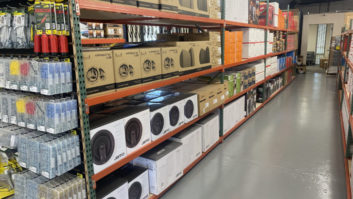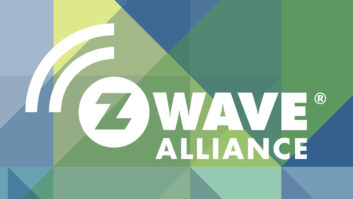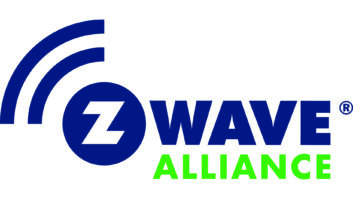LAS VEGAS– Better pixels, not just more pixels, was the mantra heard around the recent International CES and, for the most part, that referred to displays with wider color gamut technologies, like quantum dot/nanocrystal LED circuitry and films, OLED TVs, and laser-based flat-panel displays, among other systems.
It also referred to displays with high dynamic range (HDR) systems that present more detail in very dark and very bright areas of the picture using both new circuitry inside sets and new processing methods for the source content.
At the moment, the approaches to achieving these new levels and the targets they are aimed at reaching are as varied as the number of displays on the show floor.
A new multi-industry UHD Alliance has formed, bringing together hardware manufacturers, content producers and others to determine standards for all of the new technology, terminology and delivery approaches.
The alliance includes Samsung, Sony, Panasonic and Sharp, in addition to several content creators: Disney, Fox, Warner Bros., Netflix and DirecTV. Dolby and Technicolor are also part of the alliance.
H.S. Kim, Samsung visual display business executive VP, called the alliance “a game changer” that should help establish a “healthy UHD ecosystem,” while assuring the best quality pictures and ample native UHD content.
One area likely to be of primary concern is developing a target for color space. Industry observers said there is too much diversity on both the capture and display sides of the equation today, leading to a bottleneck in the middle where the broadcast and distribution of content is concerned.
Many of the wide color gamut TVs presented at the show reference different standards of measure including NTSC, REC-709, sRGB, DCI-P3 and REC-2020.
How quickly the alliance will arrive at a solution to these disparate standards remains to be seen.
For example, some experts believe P3 color space should be sufficient and practical for Ultra HD TV, although others are holding out for the wider REC-2020.
Equally diverse are the options available for HDR, where at least five different proposals await agreement, and two of the UHD members – Dolby and Technicolor – have their own ideas for HDR.
Dolby, which unveiled its Dolby Vision HDR system last year, has been one of the most vocal advocates for technology that promises to produce new levels of detail and color in the darkest and brightest areas of an image alike.
Dolby executives pointed out that many of today’s digital cinema cameras can capture the dynamic range Dolby advocates for delivery to consumer homes, but much of that information is lost along the way as producers and studios compress and color grade the signal to existing standards.
Although the ITU’s standards for UHD TV include improvements in color and dynamic range, Dolby’s HDR technology exceeds those, requiring a standards adjustment.












